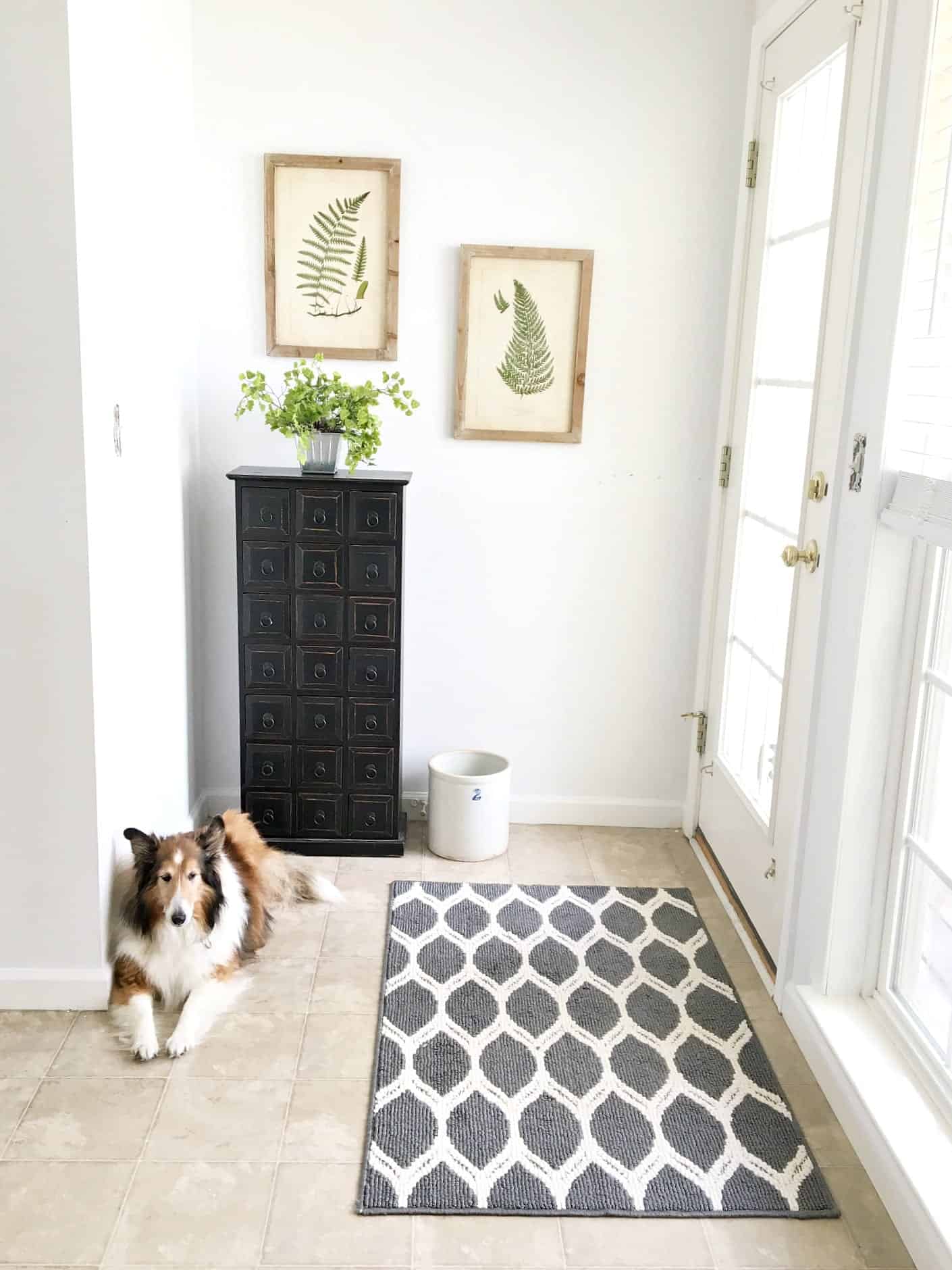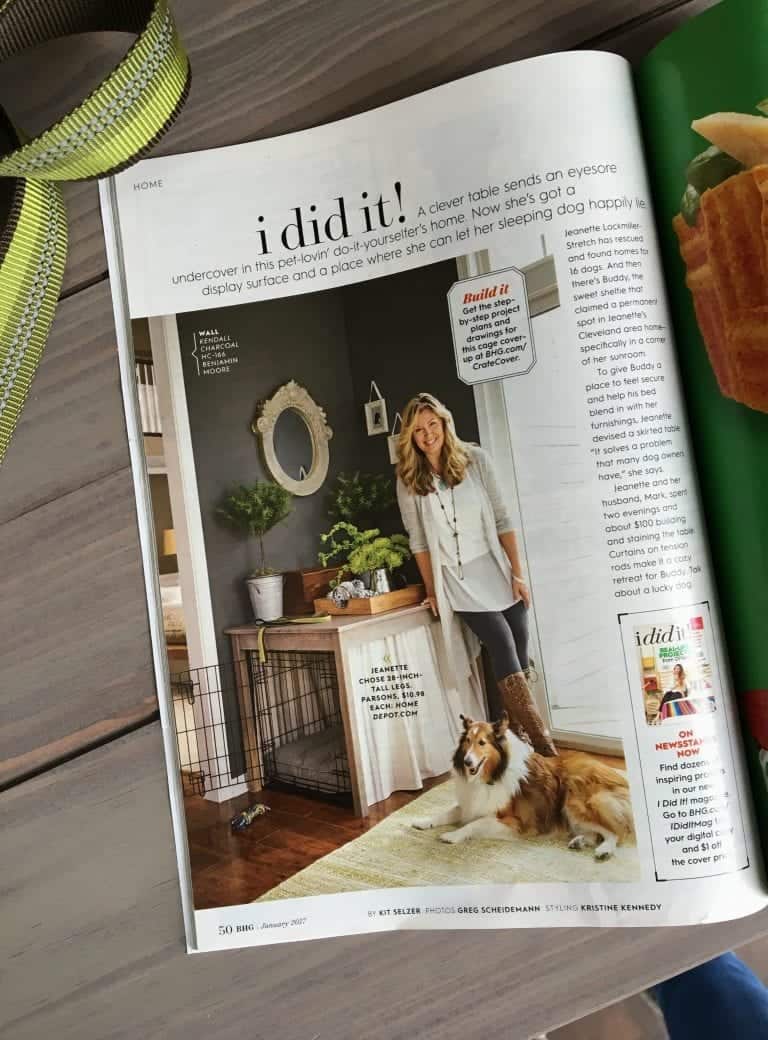Prepping Your Dog For Your Big Move
For many Americans, owning a home is a rite of passage. Although American households owed $9.12 trillion in mortgage debt as of January 2019, the possibility of high mortgage payments may not deter you from buying a house to call your own. Whether you’re leaving rental units behind and embracing homeownership for the first time or your family needs a bigger space to grow, moving may soon be in your future.
Around 44% of home buyers look online for properties — and many find their dream home thanks to the internet. But once the sale is finalized, you’ll still have a lot of work to do. Preparing for a move is a huge undertaking. That’s especially true if you own a pet.
Aside from packing up all your belongings and hiring movers to help you on the big day, you’ll also have to worry about the well-being of your furry friend. If you’re among the 46,300,000 households that own dogs, you’ll want to do everything you can to ensure your canine companion is ready for your move. You may have to mitigate their anxiety and even make arrangements for someone to watch them until your furniture and belongings are all moved into the new house. What’s more, you’ll need to thoroughly examine the property to make sure there are no hazards that could put your dog at risk.
Wondering how to properly prep your new home for your pooch’s arrival? Here are a few tips that will ensure your home is clean, safe, and welcoming for your dog.
Check For Possible Escape Routes
Before you move, you’ll want to update all doggy documentation with your new address and contact information. You should update your dog’s microchip, license your dog in your new county (if applicable), and change out any ID tags on their collar. You should also gather all of their documentation (like vaccination and medical records) and put these items in a safe location. This will ensure that if your dog gets out early on, you’ve done everything you can to ensure you’ll be contacted.
Of course, you’ll also want to do your due diligence to ensure your property isn’t particularly problematic for escape attempts. Take a walk around the yard and the home and investigate the fence, doors and windows, basement, garage door, and other areas prone to vulnerabilities. Have a plan in place to ensure your dog can’t get out on their own — and that if they do, they’ll be easy to stop.
Remove Property Dangers
While you’re taking a look at your yard and home, you should be sure to clean up any debris that could pose a hazard to your hound. Holes, loose fence boards, metal edging, water or window wells, sewer grates, bee’s nests, and other safety hazards may have gone unnoticed when you purchased the property. They should be fixed or addressed appropriately before bringing your dog into your new home. Make sure there aren’t any doors or passageways where your dog might become stuck, as well.
Clean the Home Thoroughly
It makes sense to clean a home from top to bottom prior to moving in. But this is especially important if you’re a dog owner. If the previous owner also had pets, your dog may not react well when they pick up on that scent. You may not even be able to detect these odors, but your dog might mark certain spots or feel anxious about settling into a home if they sense them. You can either hire a specialized cleaning company for this purpose or purchase an enzymatic cleaner to eliminate any odors yourself. It’s a good idea to keep this type of cleaner on-hand if you notice your dog is marking their territory or if they have an accident indoors.
Create a Safe Space
Although pets are pretty resilient, there’s a good chance that your dog might feel anxious when they arrive at your new home. If you’re going to still be moving personal items into the home while your dog is there, you should establish a quiet and secure space where they can stay until the movers are gone. A spare bedroom, bathroom, or home office is ideal for this purpose. Keep the door closed to keep them from escaping while the movers are at work.
After the moving part is done, a safe space can still be useful to mitigate anxiety. After you give your pup a tour of the property, establish a comfortable spot in your home — like your bedroom or the living room — where you can put your dog’s crate, toys, food, and other comforting items. Spending time with your dog in this space can promote a sense of calm and allow them to feel more at home right away.
Get to Know Your Neighbors
It’s a good idea to meet your neighbors before move-in day to distinguish whether there are any other dogs in the neighborhood. Not only can this provide you with valuable information about local dog parks and services (like dog grooming or doggy daycare), but it can help you prepare for social interaction. Talk to your neighbors about how their dogs interact with other pups and what time they typically walk their dogs. If you know your dog is nervous around other animals or you have an inclination that a neighbor’s dog might be territorial, you can avoid negative interactions. And if it seems like you might have an opportunity for a puppy playdate, getting to know your neighbors can be a great way to get the ball rolling. While you won’t want to introduce your dog to any other furry friends on moving day, having this information in advance can allow you to better prepare for the future.
Moving to a new home will always come with its share of stress. And if you have a pet to worry about on top of everything else, it’s understandable that you might feel overwhelmed. However, it’s important to remember that your dog may pick up on your stress and feel more anxiety as a result. If you can prepare for the worst-case scenario while keeping a calm head on moving day, everything will go much more smoothly — and your dog will adjust to their new surroundings in no time.







